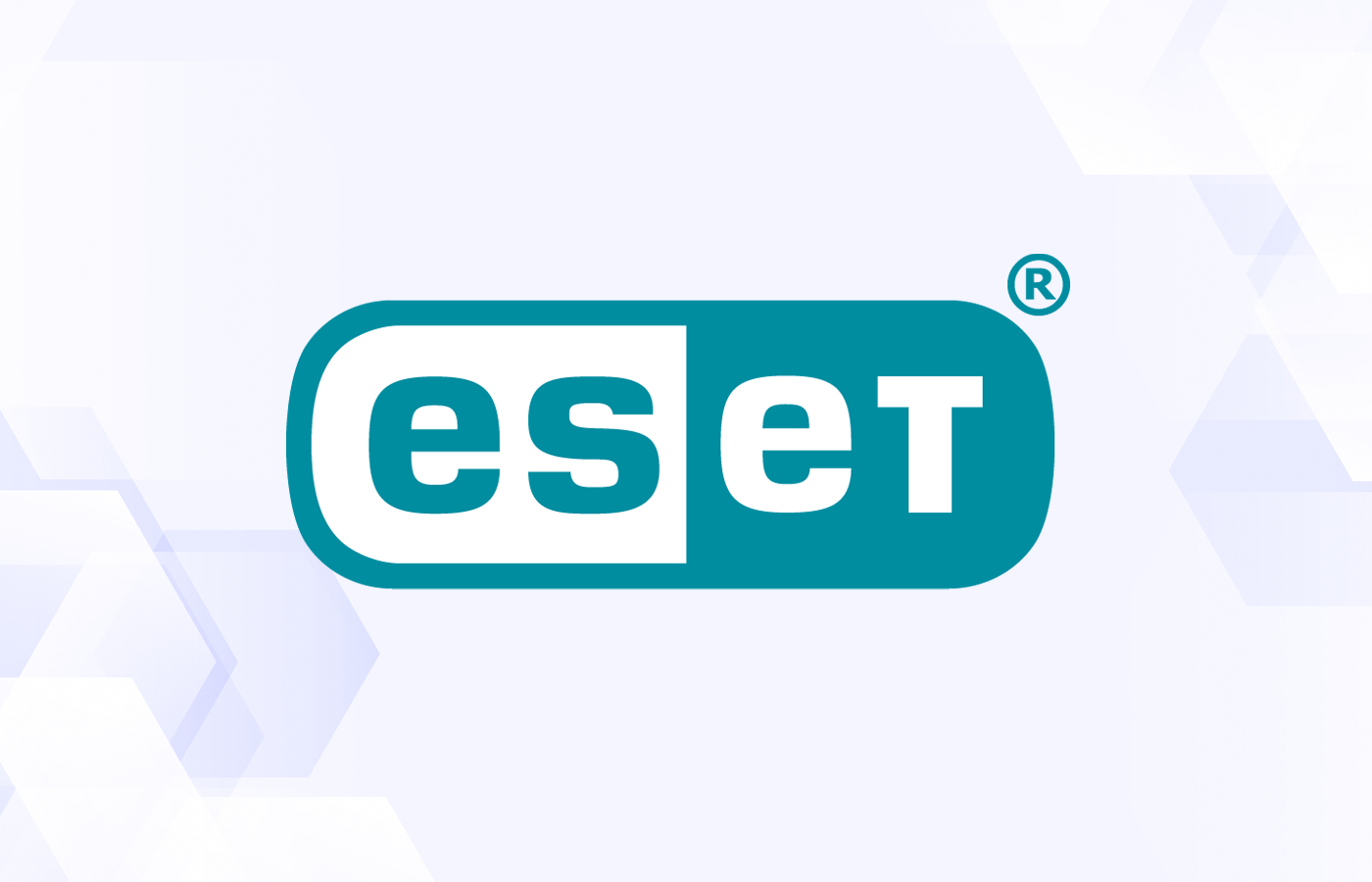The number of employees working remotely skyrocketed during the COVID-19 pandemic, and many companies appear likely to continue with a hybrid work model when things return to normal.
Remote work poses unique risks not addressed by traditional corporate network security, so it’s only natural that enterprise security vendors have been targeting work-at-home employees with more advanced security solutions than you’d typically see in a home office.
Remote workers often use personal devices for work and to connect to enterprise networks. The goal for vendors and security teams has largely been to provide these employees with secure connections that they can access remotely in order to mitigate security risks and protect sensitive data from leaks. Even those using company-owned devices require a level of security beyond that of an average home office.
The Internet of Things, cloud computing, smartphones and global teams have already pushed corporate network boundaries, so remote work is also part of the larger problem of the expanding network edge (see SASE: Securing the Network Edge).
According to a recent State of Hybrid Workforce Security survey, 61% of companies have struggled to provide the remote security needed to support employees who work from home.
It’s unclear to what extent enterprises are prepared to replace the patchwork of networking and security tools and services put in place to accommodate employees working from home at the onset of the pandemic. With many workers anticipated to continue working from home into 2022 and beyond, enterprise IT teams are now faced with the challenge of providing at-home employees with a simple plug-and-play solution that provides connectivity that supports the capabilities needed for protecting enterprise data on home and mobile devices.
In the last week, Palo Alto Networks and Fortinet, two top cybersecurity companies and firewall vendors, have both announced products aimed at bringing enterprise-class security to remote workers.
See our picks for The Best Wi-Fi 6 Routers Secure and Fast Enough for Business
Fortinet and Linksys HomeWRK Solution
Fortinet and Linksys, well known for its home and small office routers, announced a joint secure “first of its kind” enterprise solution to support remote and hybrid work.
“Linksys HomeWRK for Business | Secured by Fortinet” lets enterprises give employees secure network connectivity for both corporate and personal needs. This makes for a safer internet experience by protecting people, devices and data. Harry Dewhirst, CEO at Linksys, said the solution will help employees to thrive in a remote environment and operate with peak productivity and efficiency.
The companies say the product offers a number of benefits.
Fast, Secure Wi-Fi Mesh Connectivity
HomeWRK enables high-performance, secure corporate and personal networks for users at home via a single device, all thanks to the latest Wi-Fi 6 tri-band technology and Linksys’ Velop Intelligent Mesh software. This means that employees can now enjoy a fast and consistent whole-home Wi-Fi connection without worrying about a weak signal or dead spots.
“Our goal was two-fold,” said John Maddison, EVP of products and CMO at Fortinet. “First, make it very simple for anyone to set up a fast and reliable home Wi-Fi network. Second, provide enterprise IT with the ability to secure and manage the business aspects of that work-from-home Wi-Fi network just as they do with any other device attached to the network. The Linksys and Fortinet joint venture is not just a simple OEM agreement of two distinct parties, it’s the start of a completely new market.”
Enterprise-level Security
To protect against cyber threats introduced by home networks, the solution is integrated with Fortinet security, which automatically blocks suspicious malware, prevents intrusions, filters harmful content, and more.
Zero-touch Provisioning
With plug-and-connect devices that don’t require physical assistance from corporate IT teams to install, the zero-touch provisioning solution streamlines the employee onboarding experience.
Remote Management
Enterprise IT managers can use a single portal to monitor and diagnose the performance of all devices connected to the corporate network in real-time, thanks to what the vendors say is an intuitive management console. The solution will be natively integrated with Fortinet management systems, allowing existing Fortinet customers to manage their networks even more efficiently. Employees can also manage their own network from a separate console, which gives them visibility and control over all of their personal devices.
Privacy Protection for Employees
While the IT team manages the corporate network, employees have complete control over their personal network and security settings, allowing all members of the household to enjoy a fast and secure connection for non-corporate devices like laptops and gaming consoles. Corporate and personal networks are kept separate, with corporate IT teams having no visibility or access into personal data.
Palo Alto’s Complete SASE Solution
Palo Alto Networks unveiled the Prisma Secure Access Service Edge (SASE) platform, which combines its existing access control and software-defined wide area network (SD-WAN) capabilities into a single solution. The announcement follows last week’s unveiling of Palo Alto’s Okyo Wi-Fi 6 secure router.
Anand Oswal, senior vice president of products for Palo Alto Networks’ firewall-as-a-platform, said Prisma SASE combines Prisma Access and Prisma SD-WAN into a cloud-based service that allows IT firms to implement zero-trust policies regardless of where workers work.
Prisma Access was previously positioned as Palo Alto Networks’ SASE platform, with a distinct SD-WAN solution. Now, according to Oswal, the company is working to merge those capabilities in a way that it claims is the first to tightly integrate all five of Gartner’s requirements for a SASE platform.
SASE is a Gartner-defined platform that integrates SD-WAN with a secure web access gateway (SWG), cloud access security broker (CASB), firewall as-a-service (FWaaS), and zero-trust network access. One goal is to integrate network and security operations into a single platform that allows remote users to access applications running in the cloud or on-premises IT environments without having to route all network traffic from cloud services through a local data center. End users can then access those services from anywhere without having to use virtual private network (VPN) software, increasingly viewed as a legacy technology in the age of zero trust.
The Palo Alto platform also offers compatibility for wireless 5G networks. In certain cases, these networks are beginning to take the place of Wi-Fi networks. Traditionally, wireless 4G networks have been used as a backup for Wi-Fi networks in the event of a connectivity issue. However, with the advent of 5G, some companies are abandoning Wi-Fi networks in remote offices, according to Oswal.
Further reading:




